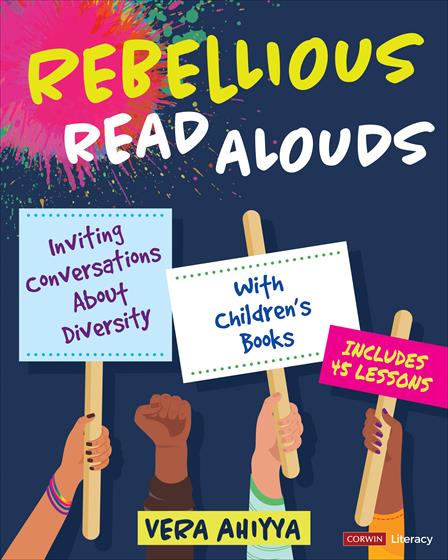Diverse Books for Diverse Children: Building an Early Childhood Diverse Booklist for Social and Emotional Learning
By Rhoda Myra Garces-Bacsal
Journal of Early Childhood Literacy; 2020; Volume 22, Issue 1
Are you an early childhood educator? Do you want to know more about how picture books can teach your young students social and emotional skills? The five key competencies for social emotional learning (SEL) are self-awareness, social awareness, self-management, relationship management, and responsible decision-making.
Maybe you have questioned whether introducing diverse texts is appropriate for preschool-aged children? A 2012 study has shown that 65% of pre-service and in-service early childhood educators were unable to name books with multicultural characters and themes. Reading books that integrate diverse narratives with SEL competencies facilitates the formation of young students’ own racial identities (mirror books) and their understanding of people different from themselves (window books).
While others have compiled diverse book lists, this paper categorizes the chosen books across the five SEL competencies. The checklist used for selecting and evaluating picture books included the following elements, among others: 1) whether the author is an insider or outsider of the represented culture; 2) whether the story is engaging and implementing authentic language; 3) whether the characters are believable; 4) whether the story is developmentally appropriate. Through culturally responsive pedagogy, young readers can be exposed to social justice issues, shifting their attitudes about those different than themselves. This study, and the researchers’ creation of a database of multicultural book titles across the SEL competencies, highlights how educators might engage students in important and guided conversations.
Related Titles
Recommendations and Resources
- Everyone should read the section beginning with “Self-awareness booklist and book-bonding activities” and ending with “Family engagement through literacy bags.” These pages include a section for each of the five SEL competencies and showcase specific recommended books and ways to engage with students around these books.
- Table 1 provides a quick look at the various titles selected for the study.
- The International Board on Books for Young People releases a biennial honor list on exemplary books. You can download catalogs from their website as well.
- The International Youth Library (IYL) in Munich shares a yearly catalog called The White Ravens, including books chosen by their language specialists.
Reflection Questions and Next Steps
- Have you ever wondered if it is appropriate to share diverse books with your preschool-aged students? What specifically might you be afraid of when reading aloud such books? Does the article help you to address these fears? If so, how? If not, why not?
- Think of a specific student in your class from another culture. What are the benefits of sharing a mirror story with this student? How might this window story benefit the other students in the class?
- What is a social justice issue that you feel is important for your students to know more about? Can you identify books using the resources and recommendations below to use in your classroom? What SEL competencies are addressed through these titles?
- Will you pick one or two titles highlighted in the article and read the recommended ways in which to engage students around these two books? After you read them to the class, share with a colleague on how your students have been impacted by these books.


![Antiracist Reading Revolution [Grades K-8] book cover book cover](https://corwinpress.azureedge.net/sp-corwinpress-prod/images/default-source/books/book-285663-v285663-130242-u63838490040000000.jpg?sfvrsn=b4156fb9_0)
